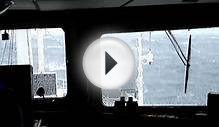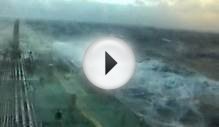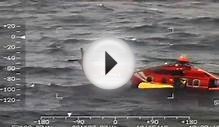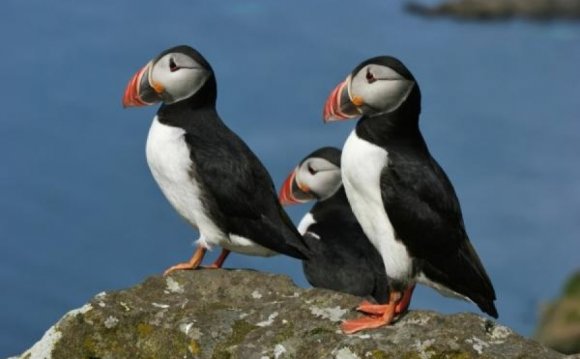
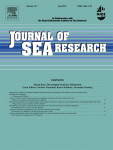 Graphical models to characterize parameter interactions at monitoring stations
Graphical models to characterize parameter interactions at monitoring stations
Strong influence of hydrodynamic transports on spring conditions at Helgoland Roads
•Inter-annual variations of Helgoland Roads variables most correlated in spring
•Graphical model constraints to enhance the robustness of regression models
We analyze inter-annual changes of marine observations at Helgoland Roads (nitrate, phosphate, salinity, Secchi depth) in relation to hydro-climatic conditions and Elbe River discharge as potential drivers. Focusing on mean spring conditions we explore graphical covariance selection modeling as a means to both identify and represent the structure of parameter interactions.
While river discharge is able to modify spatial distributions and related gradients in the station's vicinity, atmospherically forced regional transport patterns govern the time dependent local conditions the station is actually exposed to. A model consistent with the data confirms the interplay of the two forcing factors for observations at station Helgoland Roads. Introducing water temperature as a third predictor of inter-annual variability does not much improve the model.
Comparing a Helgoland Roads dependence graph with corresponding graphs for other stations or related model simulations, for instance, could help identify differences in underlying mechanisms without referring to specific realizations of external forcing. With regard to prediction, supplementary numerical experiments reveal that imposing constraints on parameter interactions can reduce the chance of fitting regression models to noise.
Keywords
- Helgoland Roads;
- Inter-annual Variability;
- Partial Correlation;
- Graphical Gaussian Model;
- Monte-Carlo-Simulation;
- Robust Regression
RELATED VIDEO
